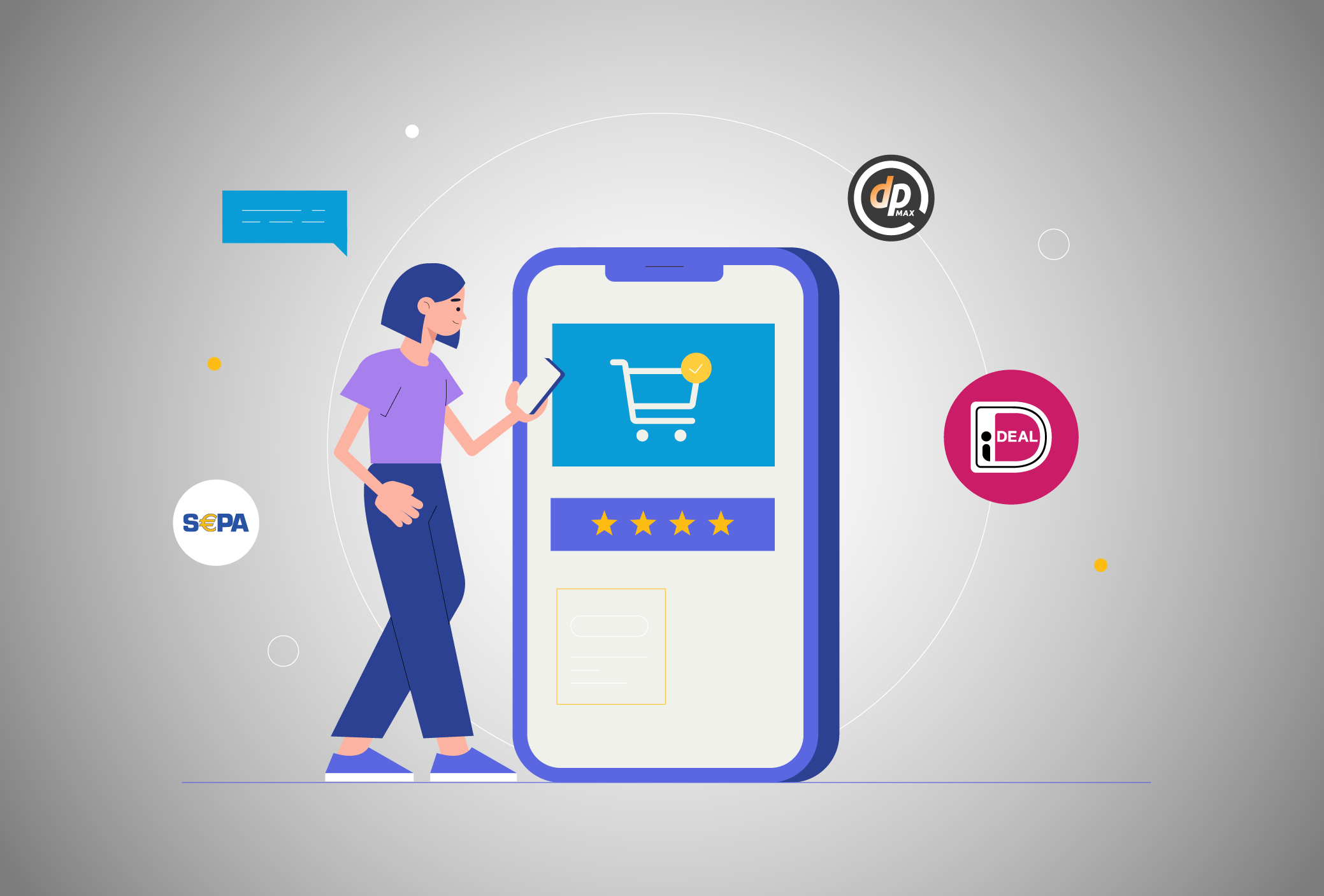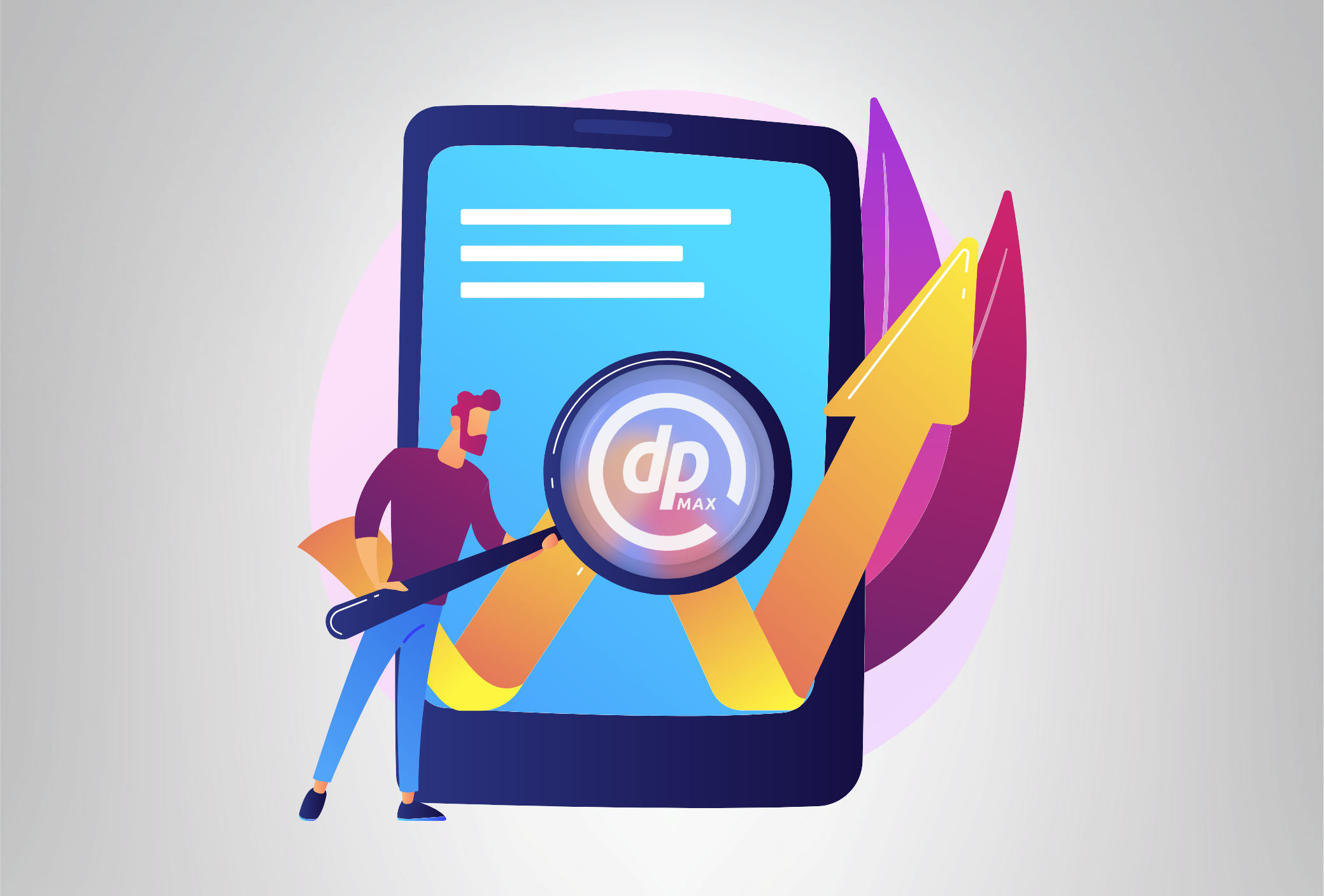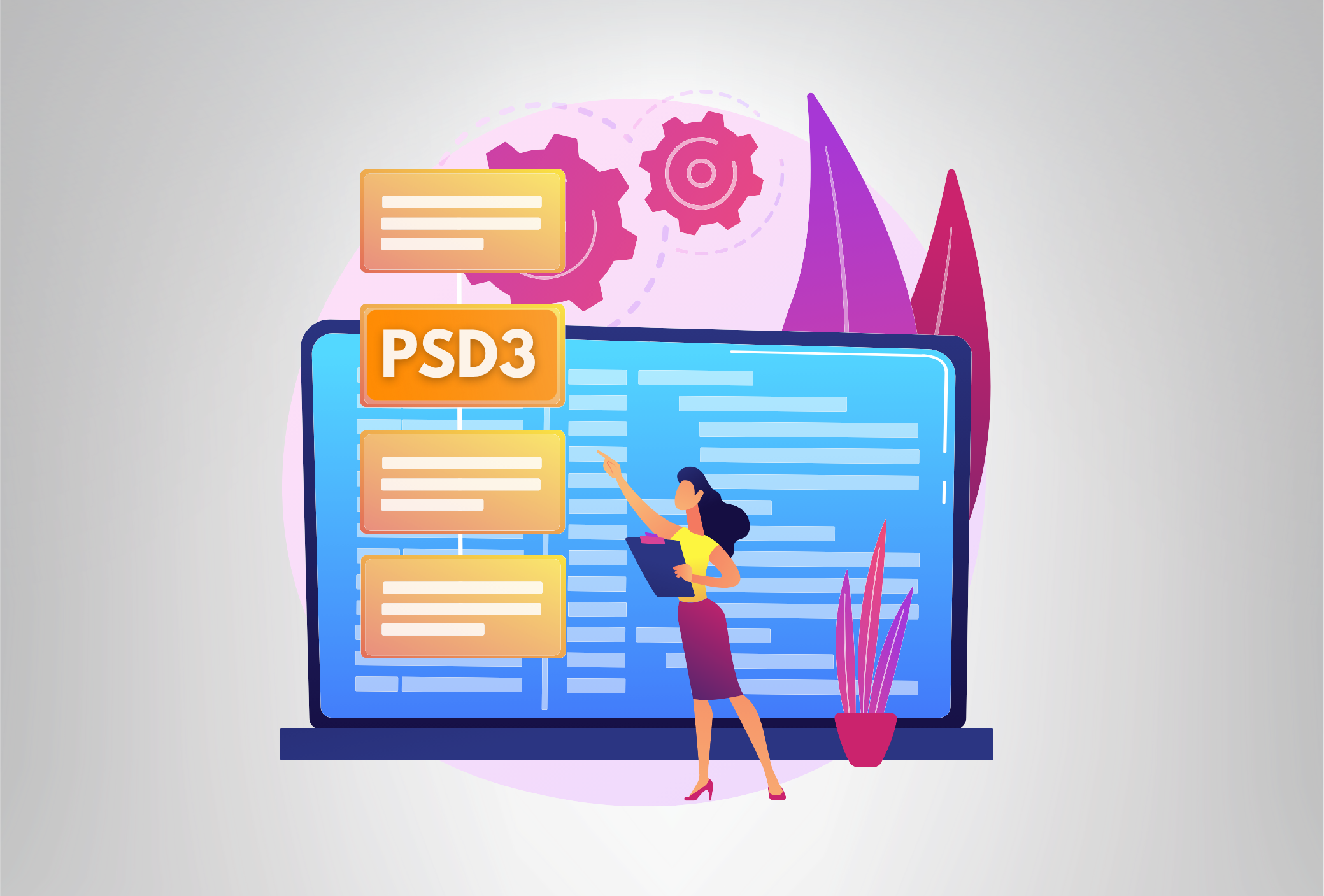Blog

Why are local payment methods important?

As more merchants expand their online reach across borders, one factor can make or break international success: how people pay.
It’s easy to assume that accepting credit cards is enough, but that’s rarely the case outside of a few core markets. Around the world, consumers have strong preferences for payment methods that are local, familiar, and tailored to their shopping habits. And if you’re not offering those options? You’re likely leaving conversions on the table.
Let’s explore why local payment methods matter, and how they can drive your global growth.
1. Payment preferences vary - a lot
While cards dominate in countries like the U.S., they’re far less common elsewhere. For example:
- In the Netherlands, iDEAL accounts for over 80% of online payments.
- In Germany, shoppers prefer Sofort and Pay by Bank.
- In Poland, BLIK is widely used, often more than cards.
If you're only offering cards in these markets, you're creating unnecessary friction. Customers might hesitate—or abandon checkout altogether—if they don't see a trusted option.
2. Familiarity builds trust (and conversions)
Recognizable payment methods instill confidence. They speed up checkout, especially on mobile, and reduce decision fatigue. In short: local payment methods make customers feel at home, and that leads to more completed purchases.
Many merchants have seen double-digit conversion increases simply by adding the right local options.
3. Localizing helps you compete
Localization isn’t just a nice-to-have, it’s a competitive edge. Shoppers compare experiences, and if a local brand offers smoother checkout, you may lose the sale.
Offering trusted local methods makes your business feel closer, more relevant, and easier to trust - even if you’re based in another country.
4. Some methods reduce fraud and chargebacks
Local payment methods based on bank transfers or Open Banking often come with real-time authentication and fewer intermediaries. That means:
- Fewer fraud attempts
- Reduced chargebacks
Lower operational risk
It’s better for you, and better for your customers.
5. You can save on fees
Not all payment methods are equal when it comes to cost. Cards often involve multiple intermediaries - acquirers, schemes, gateways - each adding a fee.
By contrast, local methods like Pay by Bank tend to have lower fees and faster settlement. Depending on your provider, the savings can add up fast, especially at scale.
Final Thoughts
Offering local payment methods isn’t just a technical upgrade - it’s a strategic decision. It shows that you understand your customers, respect their preferences, and are committed to delivering a seamless checkout experience wherever they are.
If you’re expanding into Europe or other international markets, now’s the time to align your payment offering with local preferences. Because in payments, local really does mean loyal.
👉 Curious about a specific market? Contact us, and we’ll send you a guide tailored to your region of interest.
More Blog


Holiday 2025: How Merchants Can Prepare Their Checkout for Peak Season
Holiday 2025: How Merchants Can Prepare Their Checkout for Peak Season


How Pay by Bank can help overcome merchants’ payment processing struggles
How Pay by Bank can help overcome merchants’ payment processing struggles


What PSD3 Could Mean for Your Payment Strategy (Even If You’re Not in Europe)
What PSD3 Could Mean for Your Payment Strategy (Even If You’re Not in Europe)
Ready to increase your revenue
with local payment methods?
Worldwide, allow customers to use familiar local payment methods they trust—not just credit cards.











